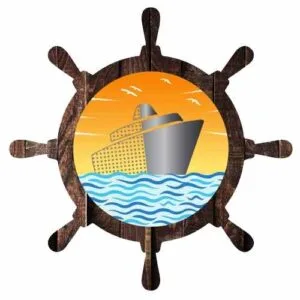MFA Exit Exam Questions & Answers 2025
MFA Exit Exam Questions
The MFA Exit Exam (Medical First Aid Exit Exam) is a 30-mark multiple-choice test every seafarer must clear to earn the Advanced Medical First Aid (MFA) Course Certificate under DG Shipping. The test checks whether seafarers can give life-saving first aid until professional medical help is available ashore.
You’ll have 30 minutes to answer 30 questions and must score at least 50% (15 marks) to pass.
What Is the MFA Exit Exam?
The MFA Exit Exam ensures that seafarers can respond to accidents, injuries, and medical emergencies at sea where doctors or hospitals are not available. It’s part of the STCW safety training and is mandatory for Deck Officers and Marine Engineers before they can take on advanced medical responsibilities on board.
MFA Exit Exam Pattern & Passing Criteria
Number of questions: 30
Question type: Multiple-choice (MCQ)
Duration: 30 minutes
Passing score: 50% (15 correct answers)
Validity: Once passed, refresh with Refresher MFA (RMFA) every 5 years.
MFA Exit Exam Syllabus / Topics To Prepare
The MFA Exit Exam questions are generally based on the areas of the course, including:
Patient Examination and Assessment
Immediate First Aid Measures
Treatment of Illnesses & Injuries
Use of Medical First Aid Kits
Emergency Signaling Devices
Medical Emergencies
Infection and Hygiene at sea
Students should practice these topics with our MFA Exit Exam questions. A good knowledge of these topics will always comes in handy in emergencies whether at sea or land.
DG Shipping MFA Exit Exam Questions and Answers
To pass on the first attempt, practice previous year MFA exam questions. These sample MCQs are similar to what appears in the official test and help you understand the question style and difficulty.
